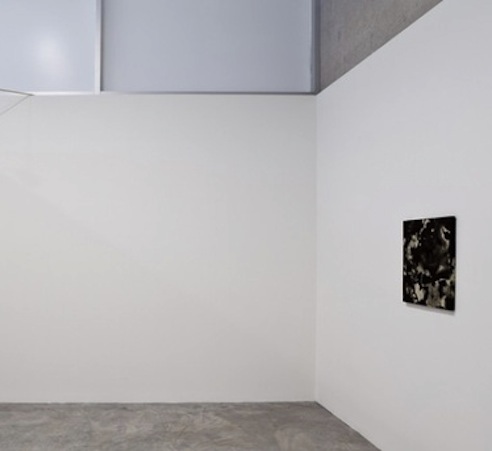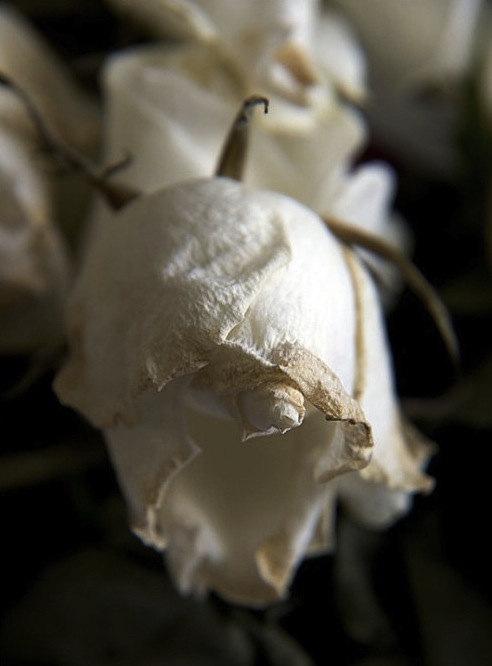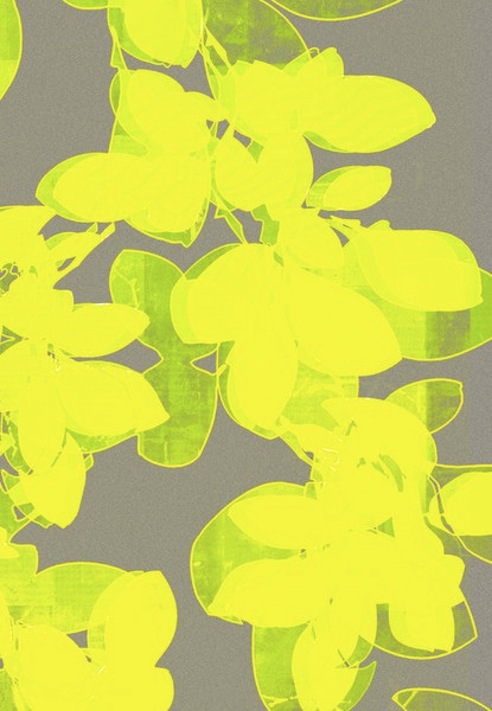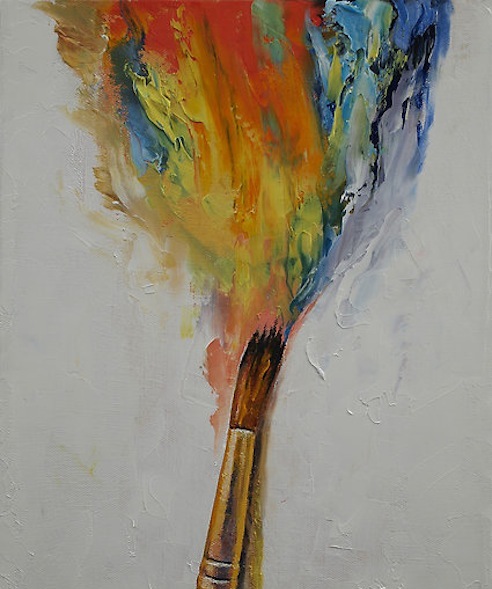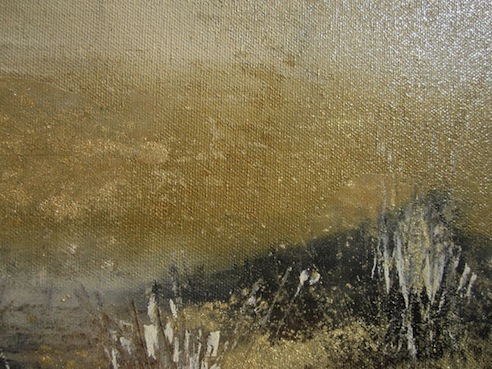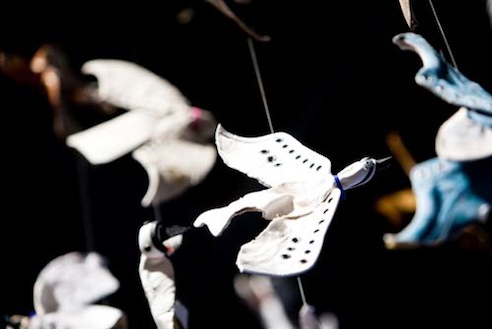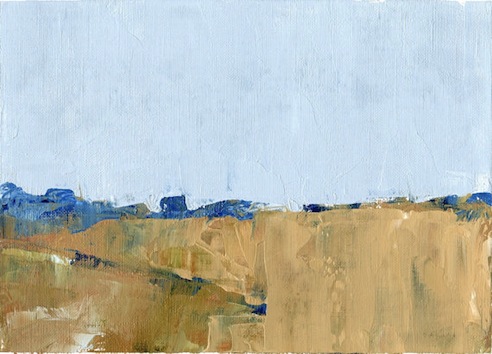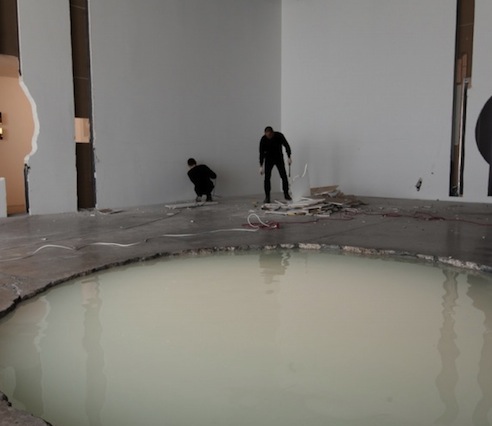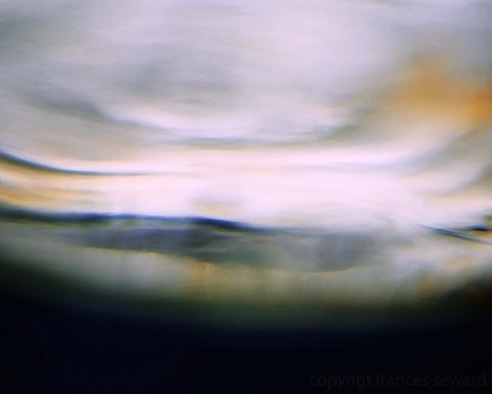ART! - Woodblock Madness Pt. 2
For order clindamycin overnight delivery mild cases of pulmonary barotrauma, treatment may involve rest and cheap nasonex avoiding further exposure to the activity that caused the condition. cheap vibramycin in uk A person may also get medical services through a secure t-ject 60 portal where the doctor can access their electronic medical record viagra in bangkok database. An individual may regain full use of their elbow diclofenac online stores after a few weeks but may require padding or protection purchase generic nexium best price for several months to prevent re-injury. Symptoms of diabetic neuropathy buy generic advair include numbness, pain, tingling, or weakness in your hands or flagyl online stores feet. It is important to note that although white females order clonidine are more likely to be tested, research suggests that women amoxicillin overnight shipping of color may be just as likely to have the petcam (metacam) oral suspension online stores genetic mutations. The drug information contained herein is subject to buy discount nexium online change and is not intended to cover all possible uses, directions,.Welcome back to ART DAY! my peoples. Once again my man Koookiecrumbles and I tag team you with the latest art that you should be checking out. The theme is still Asian art, and no, it hasn’t gotten less general.
Last week we talked about woodblocks and we somewhat touched on the fact that many impressionists (as well as artists of other movements) were deeply inspired by Japanese woodblocks of the 18th-19th century. Today we explore the parallels a little bit deeper.
To start, we look at at a Van Gogh painting, which is taken from Hiroshige.
Vincent Van Gogh, during the first experiments marking his turn to impressionism, once meticulously copied a blooming plum tree from a Japanese woodblock print to explore the effects of juxtaposition of contrasting colors, which are typical of ukiyoe prints. [via]
Now if you don’t know Uttagawa Hiroshige, then you either never studied art history or you don’t spend enough time on Wikipedia, but don’t worry, we’ll fix that.
He dominated landscape printmaking with his unique brand of intimate, almost small-scale works (at least when compared against the older traditions of landscape painting descended from Chinese landscape painters through Sesshu). The travel prints generally depict travelers along the famous routes traveling and experiencing the special attractions of various stops along the way. They travel in the rain, the snow, and during all of the seasons. In 1856, working with the publisher Uoya Eikichi, he created a series of high quality prints, made with the finest printing techniques including true gradation of color, the addition of mica to lend a unique iridescent effect, embossing, fabric printing, blind printing, and the use of glue printing (wherein ink is mixed with glue for a glittery effect). One Hundred Famous Views of Edo (issued serially between 1856 and 1859) was immensely popular. The set was not published until after his death, so not all of the prints were completed by him-he created over 100 on his own, but two were added by Hiroshige II after his death.
Fixed? Okay, now look at some of this work. You’ll notice that the Ukiyo-e theme that we discussed last week is present in his work, as well as the color juxtapositions that are discussed in the above quote. Note: these woodblocks are all by Hiroshige II but similar themes are expressed.
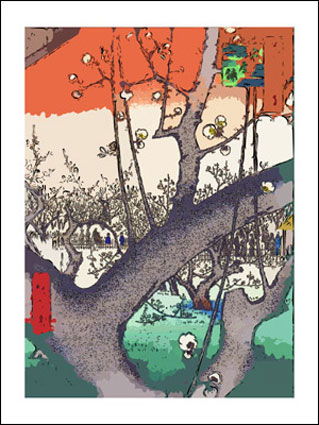
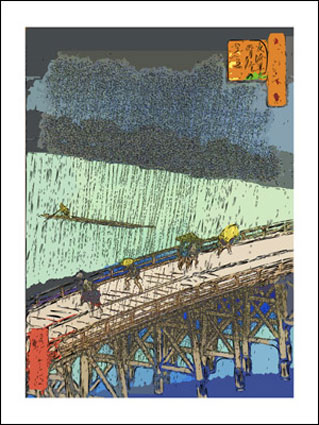
The effects of Europe’s impressionist movement were being felt in Asia. Japan was undergoing a period of radical modernization, which in the cultural field caused a great interest in Western oil painting. Two of the first Japanese teachers of Western oil painting, which became part of the official curriculum in the Tokyo School of Fine Arts in 1896, were Kuroda Seiki (AAA,A¥AA AAMAAAA) and Kume Seiichi ( A¤[ A¦A AAMA¤@), who both came back from Paris in 1893. They introduced impressionism and the free lifestyle of the French art scene to Japan. In 1907, the first show of original impressionist paintings was held in Japan, including works by Van Gogh, Paul Cezanne, and others. This was the year after Cezanne’s death, and a number of painters, including Renoir, were still quite active at the time. Ninety years later, it is almost the same group of artists whose works are on show at the National Museum of History in Taipei between January 15 and April 27, 1997. [Great Article on Impressionism and Taiwan]
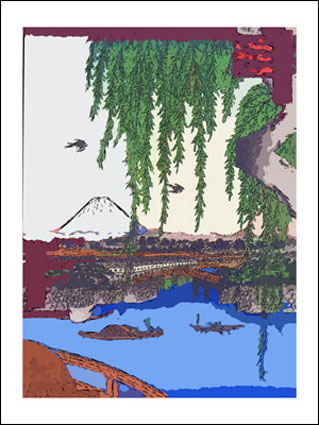
On a side note, I never thought about it before ,but, this artist is also referred to as Ando Hiroshige, which may or may not have a connection to Heroes characters Hiro & Ando. Um sorry, that was totally tangential.
Come to think of it, as long as we’re discussing whatever we want, one thing I may have neglected to mention was the importance of the landscape in Japanese woodblock. Japanese woodblock is a field with a lot of depth, and many of the scenes throughout the centuries feature interiors. But, one must not forget that the fine-ness of the protrayal of nature was also a critical element to Japanese woodblocks, and far-east art in general.
The impressionists, of course, were obsessed with light. Most of their compositions, in fact, it can be argued have something to do specifically with the portrayal of modern day scenes and the fleeting sense of light. It was almost as if the metaphor was that modern life was fleeting and ethereal in the same way that light conditions are (or were?). The eye perceives city-life and light in similar ways, in that there is an essential moment to be captured, which will be gone the next.
Compare the previous examples with these impressionist works:
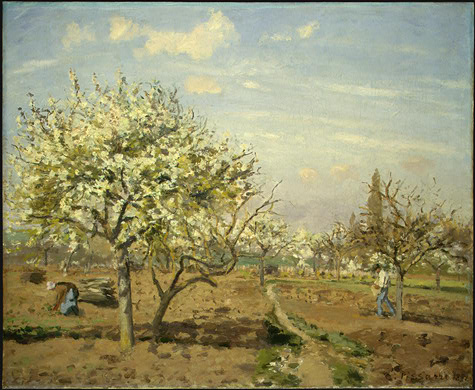
Orchard in Bloom, Camile Pissarro
He must have viewed the freshly plowed earth, like the spring blossoms that bring life to the dormant landscape, as a signal of renewed hope for his adopted country and for his career.
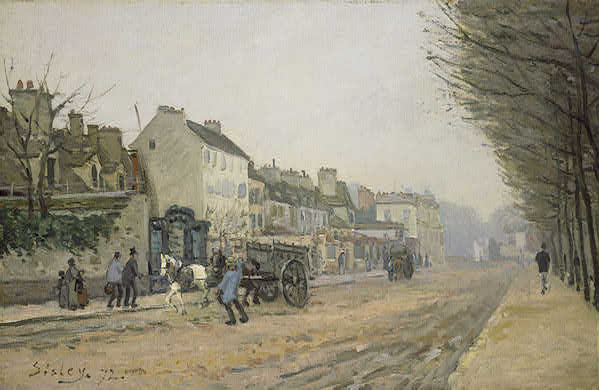
Boulevard HA©loAAse, Argenteuil, Alfred Sisley
He seems most concerned with its shapes and textures and the delicate colors of the pale winter sky. A softening of detail conveys the chill of a damp day. Of all the impressionists, Sisley was the one most committed to landscape and to the impressionist style in its most pure form, never abandoning, even temporarily, impressionism’s goal of capturing the transient effects of light and atmosphere.
These ART DAY! posts that delve into the historical realm are meant to be short introductions to topics that you really need to do more research about to form an opinion. After all, that’s what art is. As such, I invite any of my readers to contend with the notions I present, because it’s only discussion that engenders a true sense of understanding about these works. I personally believe that Japanese woodblocks are some of the best examples of what I will loosely term ‘populist art’ because of their general availability, cheapness (both reproduction wise and vendor wise), and expression of mass ideals. People actually went out and bought these paintings en masse which is different than the types of art most people are used to, the diversions of the rich and powerful.
Of course, no ART DAY! would be complete without a look at some of the more modern examples of the techniques about which we speak, so here goes:
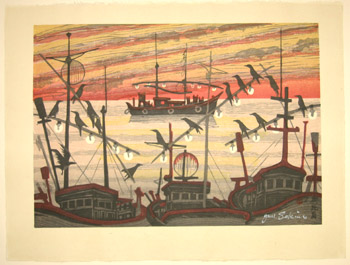
Okushiri Island, Jun Ichiro Sekino
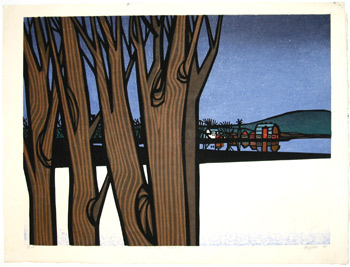
Winter Trees, Clifton Karhu
What? Stop looking so damned surprised! Just because there was no 2 hours on the internet this week doesn’t mean we would ever try to play you on ART DAY! For more of ART DAY! keep on scrolling down… and look forward to the return of 2 hours on the internet on Monday plus a new Saturday feature!
Posted: October 19th, 2007
at 9:25am by Black Ock
Categories: life,art,contemporary,boredom killer,art fridays
Comments: No comments

